New Research Determines That Genetics Are Made Up of “Pure Math”
For centuries, mathematicians have been enchanted by the reality that math is widely apparent in nature and biology.
But new research has shown scientists something they never imagined to be true: Pure math in the form of number theory is present in genetic coding that lives in every living thing on this Earth.
What is Pure Math?
Before attempting to figure out what the researchers found, it’s first crucial to figure out what they mean by “pure math.”

Source: Adobe Stock
In this case, pure math is number theory, which includes multiplication, division, subtraction, and addition, i.e., arithmetic functions. So while it may seem abstract when compared to microscopic studies such as genetics, everyone technically knows how to use “pure math,”
Pure Math Can Be Found in the Fibonacci Sequence
For example, pure math can be found in the famous Fibonacci sequence; each number in this sequence is simply the sum of the previous two.

Source: iStock
Fibonacci’s sequence is one of the most commonly used illustrations to explain pure math in nature, as it can be found in items such as sunflower seeds, pineapples, shells, and pinecones.
Nature Is Full of Patterns Created by Math
Though this sequence is certainly not the only pattern found in nature; waves, galaxies, tornadoes, and various other natural elements have shown mathematical patterns or equations as well.

Source: DeviantArt
Ard Louis, a mathematician from Oxford University explained, “The beauty of number theory lies not only in the abstract relationships it uncovers between integers, but also in the deep mathematical structures it illuminates in our natural world.”
Understanding Genetics
Next, it’s necessary to attempt to understand the genetic coding apparent in all things in order to better grasp how pure math applies to the structure.
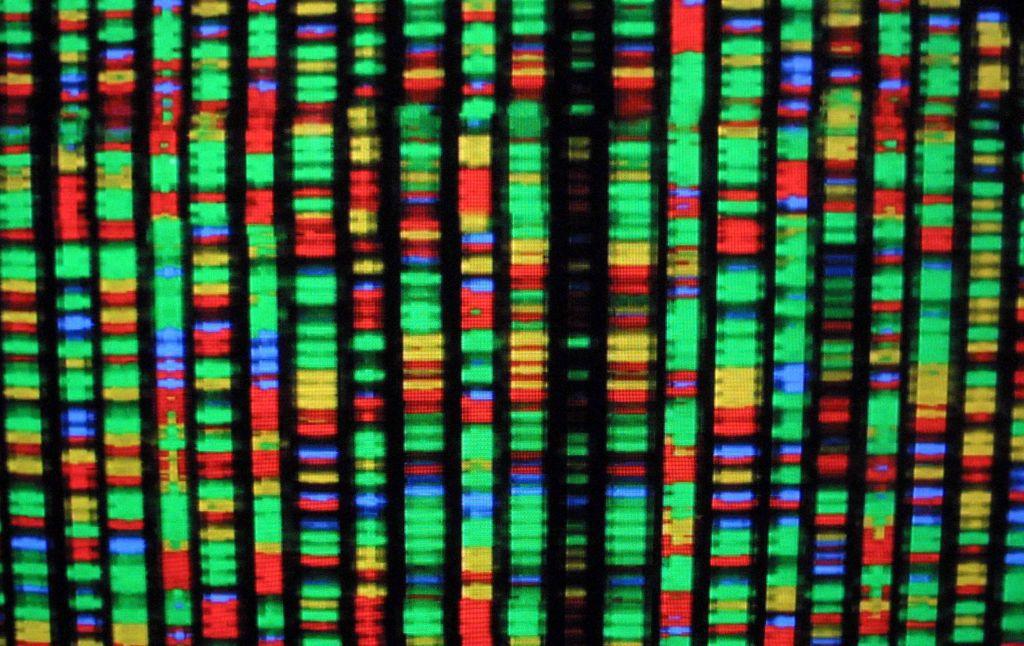
Source: Mario Tama/Getty Images
Genes are essentially segments of DNA that contain specific proteins that function as code for RNA molecules. And the genes within living things can mutate at any time when an “error” occurs within the coding.
What Are Neutral Gene Mutations?
While some mutations can cause disease or cause unexpected changes in the organism, others give no observable change to it. Essentially, its phenotype, or appearance, characteristics, and behaviors, don’t change at all.
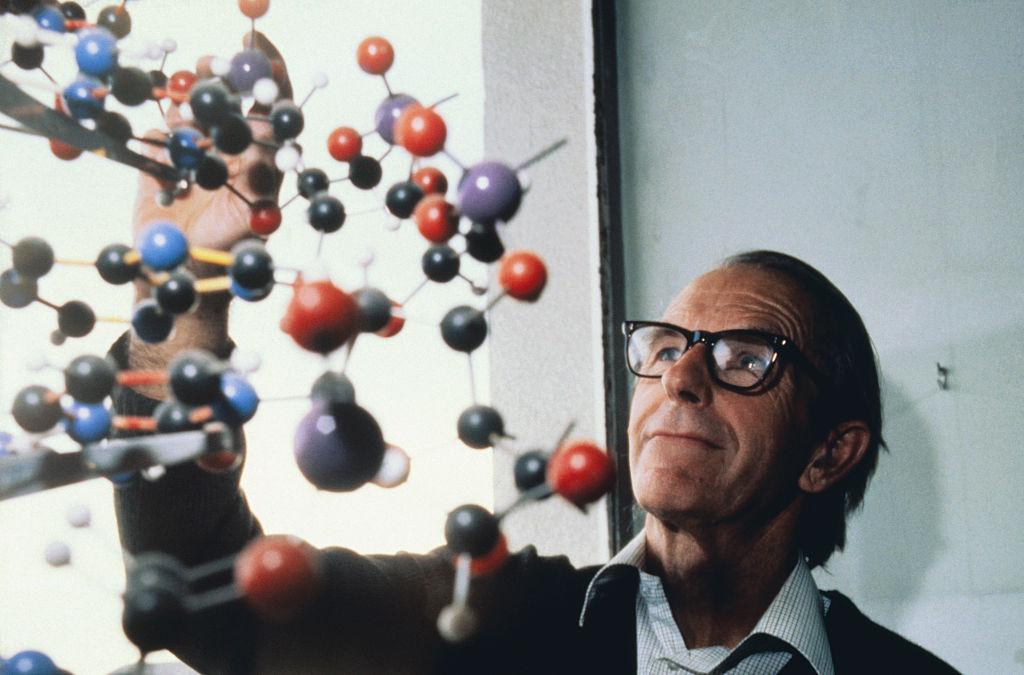
Source: Getty Images
These types of mutations are known as neutral mutations. However, scientists strive to understand them because while the organism stays the same, the mutations are signs of evolution within the natural world.
Oxford Scientists Attempted to Understand Neutral Gene Mutations
A group of researchers at Oxford University got together in order to study and better understand neutral mutations.
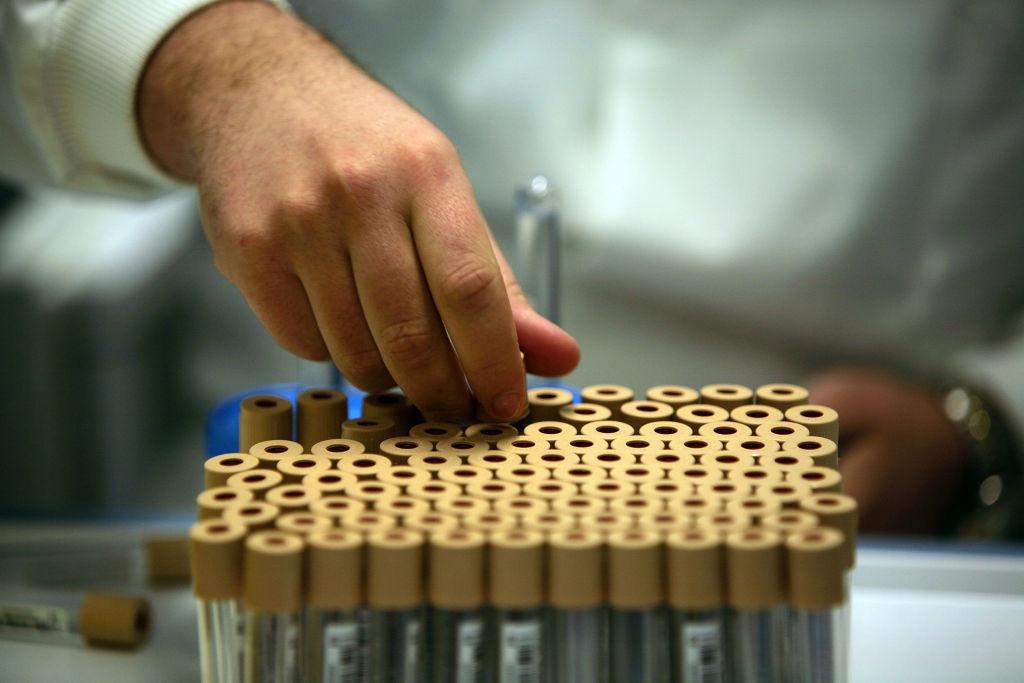
Source: Christopher Furlong/Getty Images
The first thing they were looking for was just how many neutral mutations a genetic sequence could experience. As all organisms can handle some mutations in order to allow for evolutionary advantage, the question these scientists asked was “How many is too many?”
The Initial Study Was Quite Interesting
Scientists call this process of many neutral mutations in a gene sequence “mutational robustness,” and they wanted to understand just how much mutational robustness could be observed.

Source: Adobe Stock
They studied mutational robustness within the proteins in the genes, and first observed that proteins can typically sustain about 66% of neutral mutations without the changes having any effect on their phenotype.
Oxford Scientists Report Mutational Robustness is More Than Expected
The fact that gene sequences can withstand up to two-thirds of mutational robustness was an exciting surprise for the researchers.
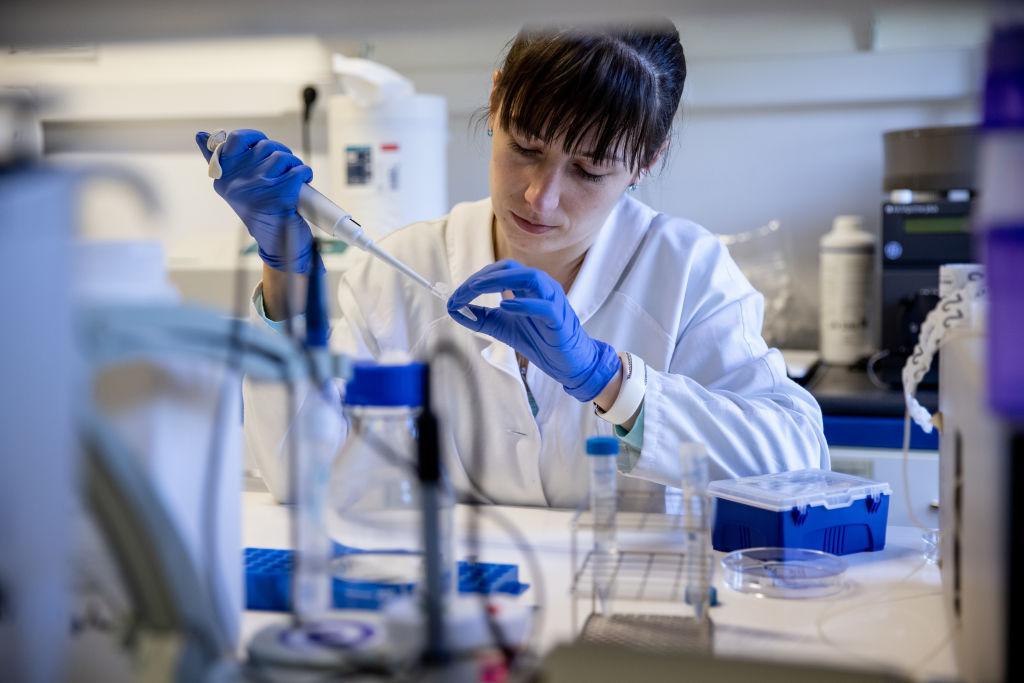
Source: Ajpek Orsi/Getty Images
Ard Louis told the press, “We have known for some time that many biological systems exhibit remarkably high phenotype robustness, without which evolution would not be possible. But we didn’t know what the absolute maximum robustness possible would be, or if there even was a maximum.”
Studying the Smallest Parts of Genes
Within the gene sequences, proteins and RNA are the smallest structures to study. So Louis and his team decided to find out just how close to mutational robustness they could get by running numerical simulations.
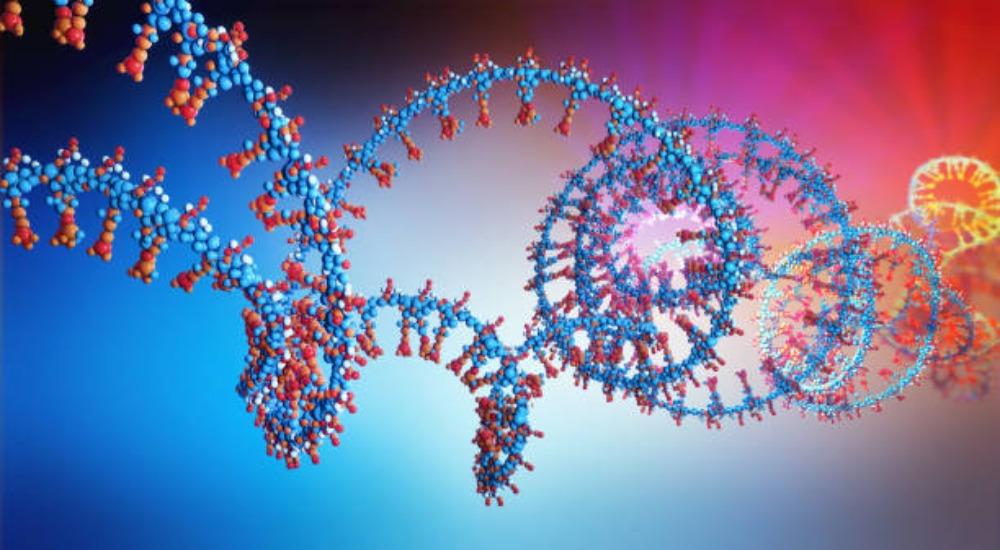
Source: iStock
They found that the abstract mathematical statistics within the proteins and RNA structures showed that mutational robustness could be maximized without changing the phenotype of the organism.
RNA is Pure Math
Of course, this finding was exciting enough, but then, they realized something else: the maximum robustness within the RNA followed a self-repeating pattern known as the Blancmange curve.

Source: Dean Mouhtaropoulos/Getty Images
Essentially, this means that RNA follows a number theory or pure math, known to mathematicians as the “sum-of-digits function.” Louis explained, “It’s as if biology knows about the fractal sums-of-digits function.”
Finding Pure Math in Gene Sequences Is Quite Amazing
These findings are incredibly interesting and important to mathematicians, geneticists, and scientists of all fields.

Source: Dreamstime
They have understood for some time that pure math and number theory are present in a wide variety of natural organisms. But the fact that it can be studied in the most microscopic elements of what makes the world what it is certainly a life changing event.
